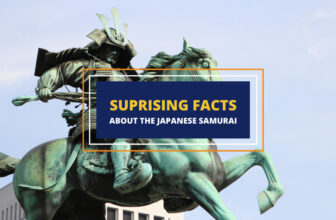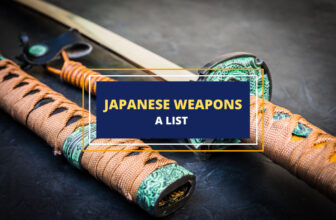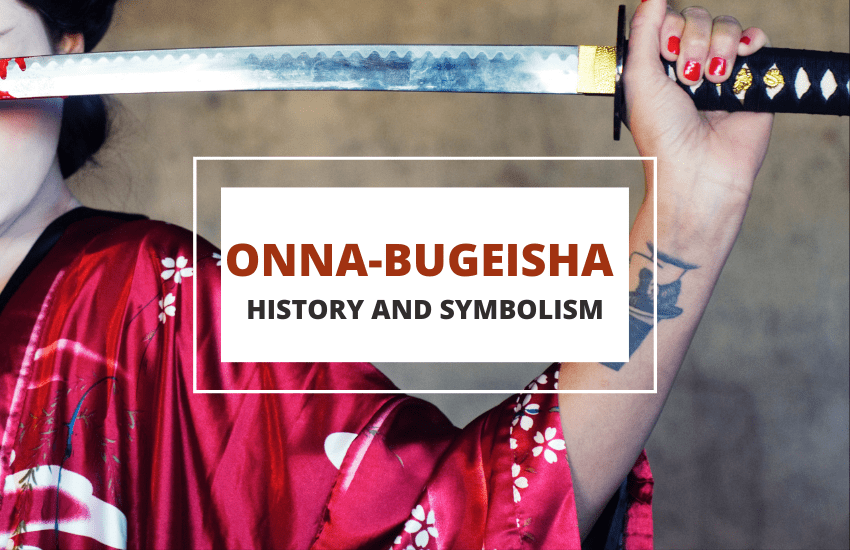
Table of Contents
Samurai are warriors who are well known not only in Japan but also in the rest of the world for their fierceness in battle and their strict moral standards. But while these Japanese warriors are often depicted as men, a little-known fact is that Japan also used to have female fighters who went by the name onna-bugeisha, (also known as onna-musha) which literally means “woman warrior”.
These women underwent the same training as their male counterparts and were equally as powerful and deadly as the men. They would even fight side by side with the samurai and were expected to deliver the same standards and perform the same duties.
Just as the samurai have their katana, the onna-bugeisha also had a signature weapon called the naginata, which is a long rod with a curved blade at the tip. It is a versatile weapon that many female warriors preferred because its length allowed them to execute a wide variety of long-range attacks. This offsets the physical disadvantage of women as it can prevent their enemies from getting too close during a fight.
Origins of the Onna-bugeisha

The onna-bugeisha were women of the bushi or the noble class of feudal Japan. They trained themselves in the art of war to defend themselves and their homes from external threats. This is because the men of the household would often be absent for long periods to hunt or participate in wars, leaving their territory vulnerable to offensive strikes.
The females then had to take up the responsibility for defense and ensure that the territories of the samurai families were prepared for emergencies, such as an attack, while the samurai or male warrior was absent. Aside from the naginata, they also learned to use daggers and learned the art of knife fighting or tantojutsu.
Like the samurai, personal honor was held in great regard by the onna-bugeisha, and they would rather kill themselves than be captured alive by the enemy. In case of defeat, it was common for female warriors during this period to tie their feet and slit their throats as a form of suicide.
Onna-bugeisha Throughout Japan’s History
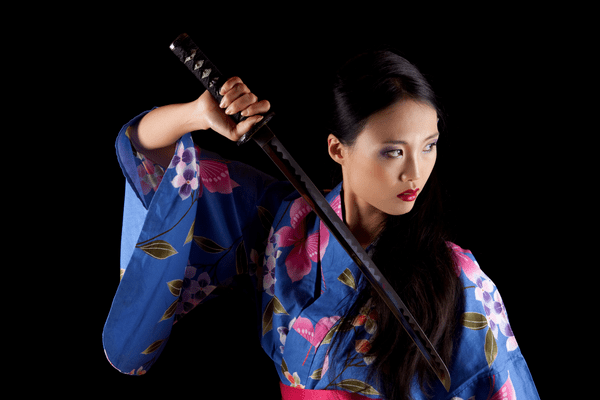
The onna-bugeisha were primarily active during Feudal Japan in the 1800s, but the earliest records of their presence have been traced as far back as 200 AD during the invasion of Silla, now known as modern-day Korea. Empress Jingū, who took the throne after the death of her husband, Emperor Chūai, led this historic battle and became known as one of the first female warriors in the history of Japan.
Active involvement of women in battles appears to have occurred for around eight centuries, based on archeological evidence gathered from warships, battlefields, and even walls of defended castles. One such proof came from head mounds of the Battle of Senbon Matsubara of 1580, where archeologists were able to excavate 105 bodies. Of these, 35 were revealed to be females, according to DNA tests.
However, the Edo Period, which started in the early 1600s, drastically changed the status of women, particularly the onna-bugeisha, in Japanese society. During this time of peace, political stability, and rigid social convention, the ideology of these female warriors became an anomaly.
As the samurai evolved into bureaucrats and began to shift their focus from physical to political battles, it dissolved the need for the women at home to learn martial arts for defensive purposes. The bushi women, or the daughters of noblemen and generals, were forbidden from getting involved in external matters or even traveling without a male companion. Instead, women were expected to live passively as wives and mothers while managing the household.
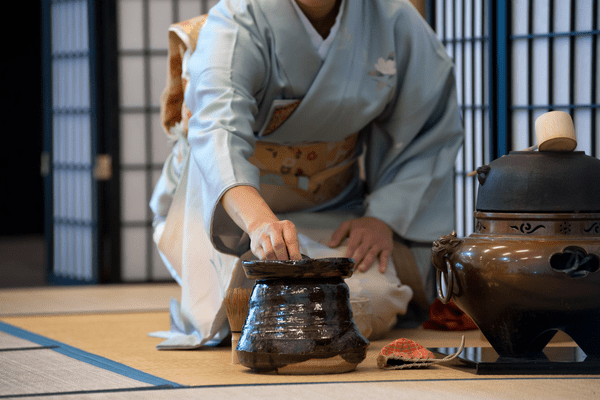
Similarly, the naginata was transformed from being a fierce weapon in battle into simply a status symbol for women. After getting married, a bushi woman would bring her naginata into her marital home to signify her role in society and to prove that she has the virtues expected of a samurai wife: Strength, subservience, and endurance.
Essentially, the martial arts practice for women of this period became a means of instilling female servitude towards the men of the household. This then changed their mindset from active participation in war into a more passive position as domesticated women.
Most Notable Onna-bugeisha Over the Years
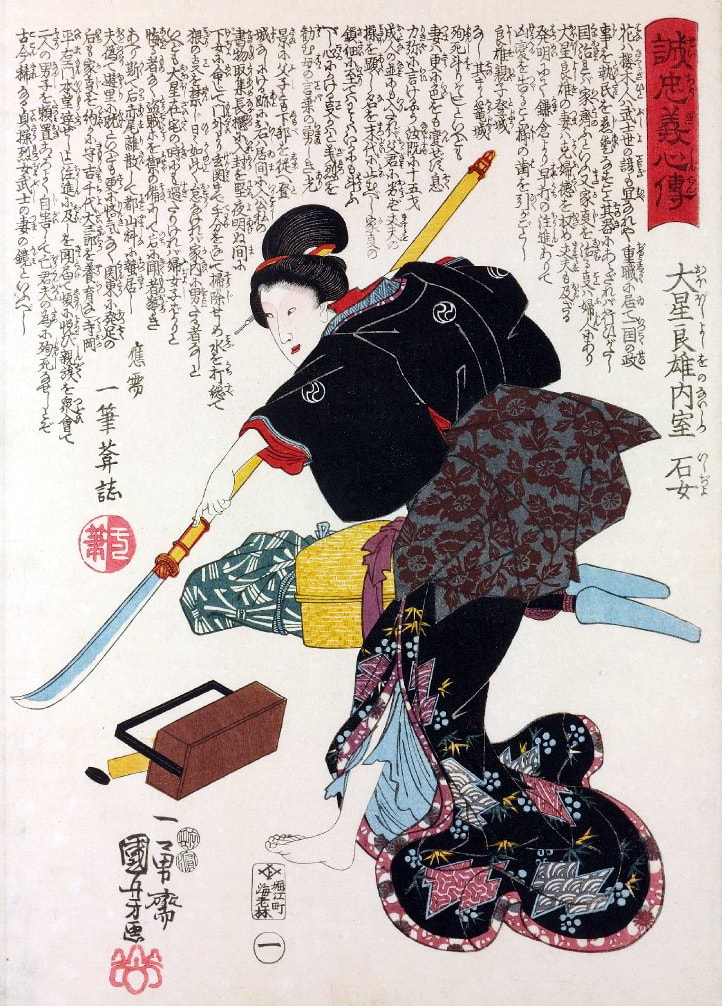
Even though they have lost their original function and roles in Japanese society, the onna-bugeisha have left an indelible mark on the country’s history. They have paved the way for women to make a name for themselves and established a reputation for women’s courage and strength in battles. Here are the most notable onna-bugeisha and their contributions to ancient Japan:
1. Empress Jingū (169-269)
As one of the earliest onna-bugeisha, Empress Jingū tops the list. She was the legendary empress of Yamato, the ancient kingdom of Japan. Aside from leading her army in the invasion of Silla, many other legends abound regarding her reign, which lasted for 70 years until she reached 100 years of age.
Empress Jingū was known as a fearless warrior who defied social norms, even allegedly charging into battle disguised as a man while she was pregnant. In 1881, she became the first woman to have her image printed on a Japanese banknote.
2. Tomoe Gozen (1157–1247)
Despite being around since 200 AD, the onna-bugeisha only rose to prominence until the 11th century due to a woman named Tomoe Gozen. She was a talented young warrior who played a critical role in the Genpei War, which occurred from 1180 to 1185 between the rival samurai dynasties of Minamoto and Taira.
Gozen displayed incredible talent on the battlefield, not only as a warrior but as a strategist who led as many as a thousand men in battle. She was an expert martial artist skilled at archery, horseback riding, and the katana, the traditional sword of the samurai. She successfully helped win the war for the Minamoto clan and was hailed as Japan’s first true general.
3. Hōjō Masako (1156–1225)
Hōjō Masako was the wife of a military dictator, Minamoto no Yoritomo, who was the first shōgun of the Kamakura period and the fourth shogun in history. She is credited with being the first onna-bugeisha to play a prominent role in politics as she co-founded the Kamakura shogunate with her husband.
After her husband’s death, she decided to become a nun but continued to wield political power and thus became known as the “nun shogun”. She successfully supported the shogunate through a series of power struggles that threatened to overthrow their rules, such as the 1221 rebellion led by the cloistered Emperor Go-Taba and the 1224 mutiny attempt by the Miura clan.
4. Nakano Takeko (1847 – 1868)
The daughter of a high-ranking official of the Imperial court, Nakano Takeko is famously credited for being the last great female warrior. As a noblewoman, Takeko was highly educated and had undergone training in martial arts including the use of the naginata. Her death at the age of 21 during the Battle of Aizu in 1868 was considered the end of the onna-bugeisha.
During the tail end of the civil war between the ruling Tokugawa clan and the Imperial court in the mid-1860s, Takeko formed a group of female warriors called the Joshitai and led them to defend the Aizu domain against the imperial forces in a historic battle. After suffering a bullet to the chest, she asked her younger sister to cut off her head to prevent the enemies from using her body as a trophy.
Wrap Up
The onna-bugeisha, which literally means “woman warrior”, played a significant role in Japan’s history despite not being as famous as their male counterparts. They were relied on to defend their territories and fought side by side with male samurai on an equal footing. However, political changes during the Edo period diminished women’s roles in Japanese society. These female warriors were then reduced to more docile and domestic roles as their participation was limited to the interior affairs of the household.





